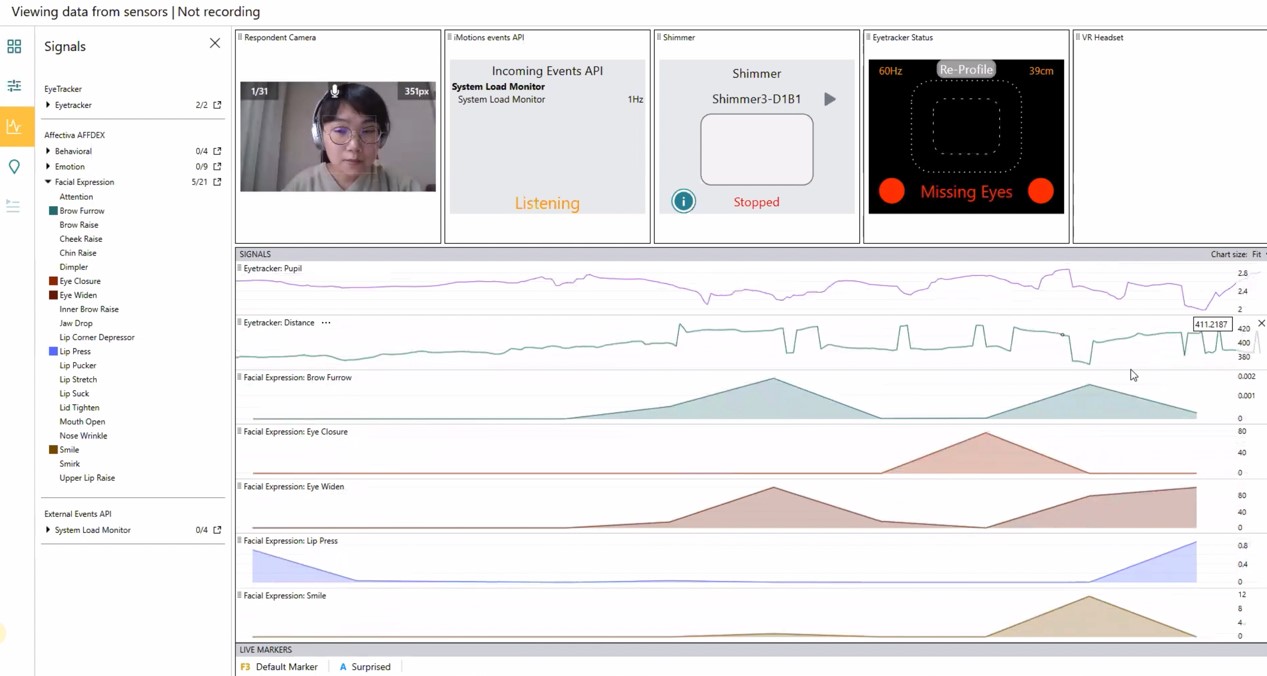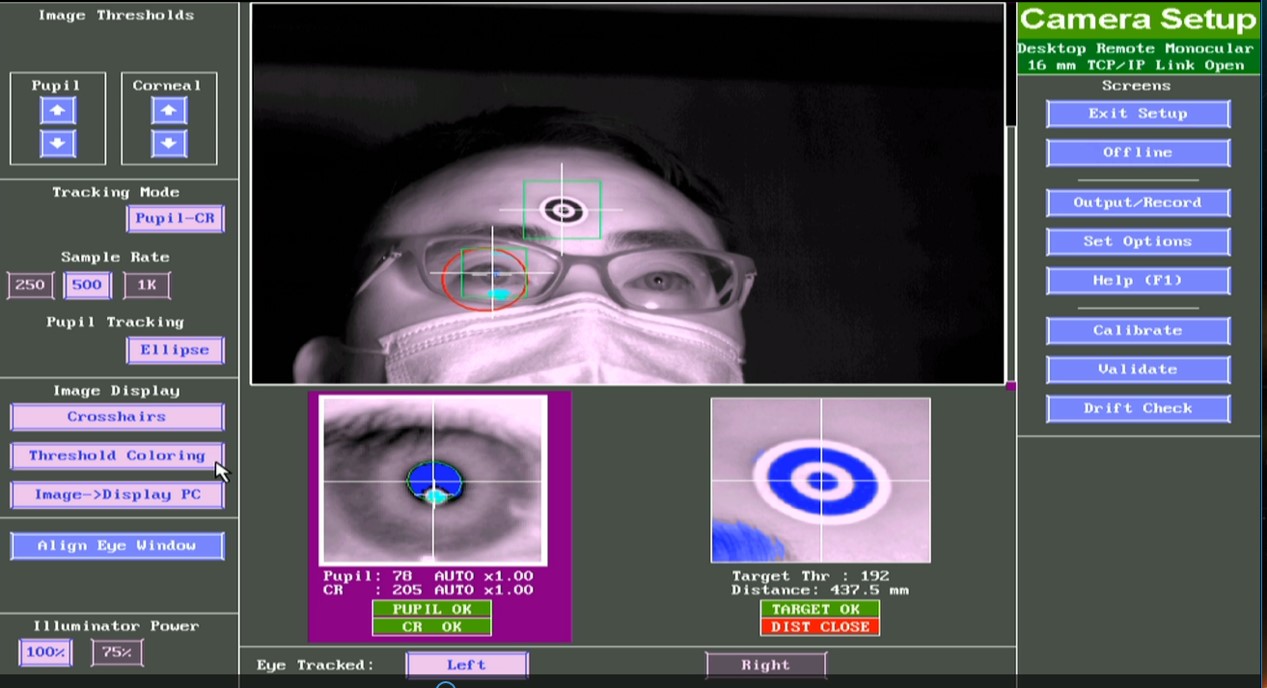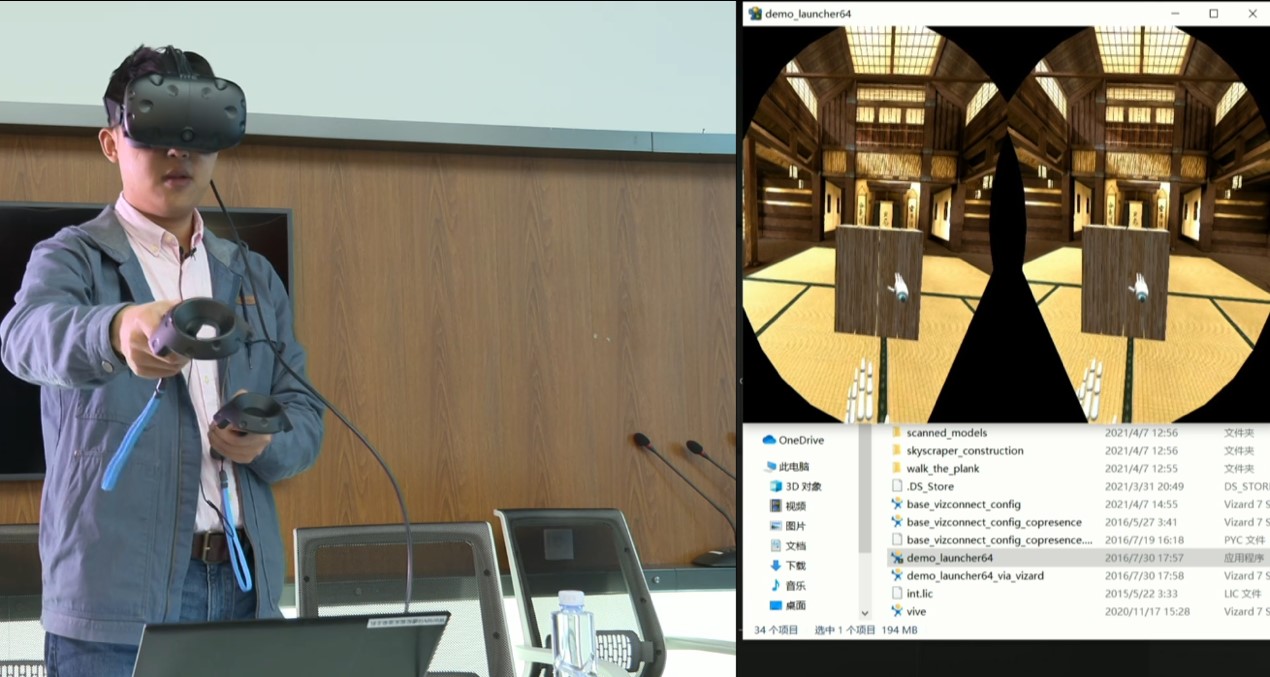The Cognitive Communication Experiment Platform of Tsinghua School of Journalism and Communication (TSJC) has been accessible to students and faculty since April this year.
To enhance the understanding, TSJC launched a two-week tutorial of the experiment platform, ranging from iMotions, Biopac, Worldviz to other specific modules, such as EGI, Eyelink, facial expression, and finger trajectory analysis, to train students and teachers systematically on the basic functions and usage of software and hardware facilities.
With the advent of the intelligent media era, cognitive science, neuroscience, AI and other intersectional fields bring new research questions, approaches, and inspirations to Journalism, prompting the development of Communication disciplines.
From this perspective, TSJC has been devoted to encouraging the research interests of intelligent media and data communication since 2018 and has started the Experimental Platform of cognitive-communication in its Future Media Lab.

(Screenshot of iMotions, a multimodal analysis platform)
The tutorial focused on the combination of knowledge and practical operation. In the explanation of Eyelink, the eye-tracking instrument experiment, the lecturer engineer used the relevant theories of psychology and neuroscience to lead everyone to the underlying logic of cognitive science and explained the eye-movement law and indicators in depth by describing paradigms such as RSVP and free browsing.
In the live oculomotor equipment demonstration, the instructor showed the procedure from the researcher’s lens, emphasizing the requirements for experimental subjects and the human factors which could possibly affect data quality, so that everyone could have a more detailed grasp of the research operation.

(Eyelink, the eye-tracking experiment)
Along with the training, students’ enthusiasm was gradually awakened. In the process of the tutorial, more and more students were attracted by the topics related to ECG (electro cardio), EEG (electroencephalogram), TENS (transcutaneous electrical nerve stimulation). Before the training was over, some students and teachers enthusiastically reserved to use the platform and could not wait to practice, hoping to use it for their research work of related projects.
Tsinghua’s Future Media Lab also provided relevant equipment for cognitive-communication research, text analysis tools, and a variety of study documents for students and teachers to use and learn, helping students to expand their academic horizons, improve their ability to use interdisciplinary technology, and further assist their research and practice in this uprising field.

(A student doing VR test)
As an interdisciplinary discipline of Applied psychology, Behavioral Science, and Neuroscience, Cognitive-Communication focuses on the exploitation of the human brain and psychological resources beyond the realm of experience, highlighting the cognitive processing role of the human mind in information production, media communication, and interactive interaction.
Driven by the innovation of journalism and communication discipline itself, this new technology will open up new research paradigms for interdisciplinary journalism and communication, cultivate the ability of knowledge integration and ability of Liberal Arts, and lead to improving the overall level of professional construction.

